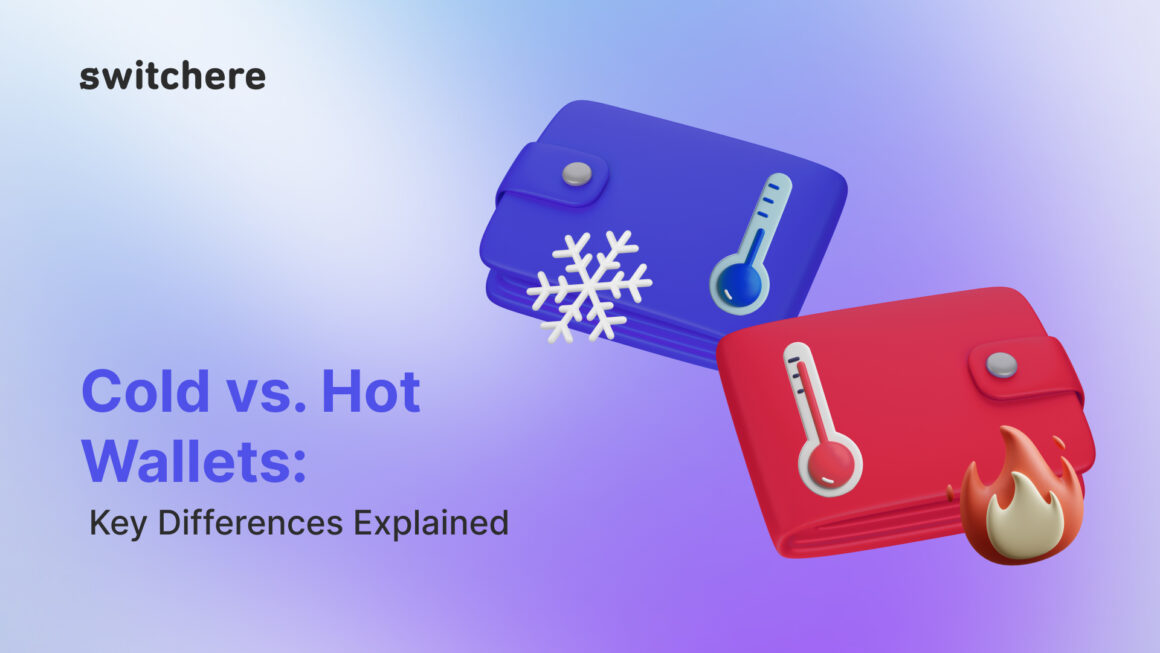The revolutionary nature of the fintech sector dictates that the momentousness of robust storage solutions cannot be overstated. Virtual currency wallets operate as the digital catacombs that safeguard clients’ assets, and they originate in two primary configurations: cold as well as hot wallets.
In this analytical blog article, we will delve into the architecture, mechanisms, cryptography, and models of the aforementioned concepts, shedding light on their strengths and weaknesses, among other aspects.
Cold Wallets: The Fortresses of Virtual Assets
Architectonics
Cold wallets imply physical devices meant to store virtual assets in a secluded ecosystem. These utensils do not use an Internet connection when storing private keys, thereby sufficing robust security options.
The architecture basically includes a microcontroller, a protected element, and a display monitor. The microcontroller executes commands, the secure component handles cryptographic manipulations, and the display allows TX verification.
Mechanism
The mechanism of cold wallets is straightforward but highly effective. They are immune to online cyberhacking endeavors. Virtual currency adepts can transfer monetary funds for lengthy storage.
Cryptography
Elliptic Curve Cryptography (ECC) is habitually employed for generating key pairs, ensuring top-notch security services no matter what.
Mosaic modeling
Virtual currency bigots who are keen on mainstream security over quick entry points oftentimes opt for these types of wallets as part of their intricate financial management strategy.
Hot Wallets: The Effectual and High-Powered Facilitators
Architectonics
Contrary to the above-discussed aspects, hot wallets have a direct connection with the Internet, and they may be categorized and software-oriented. They facilitate seamless and instant entry to virtual funds for flawless TX management. The architecture encompasses software components necessary for non-stop functioning.
Mechanism
Crypto adepts can transact funds to and fro conveniently — it is the perfect choice for those who are interested in accessibility.
Cryptography
Security predominantly relies on robust cryptographic algorithms. Nonetheless, the online nature of these types of wallets makes them prone to inherent cyber attacks and hacking.
Patterns
Traders, daily users, and those who are fond of the flexibility of mainstream asset management on the go often select hot wallets by contrast with their counterparts.
In the case of Switchere, all platform users can use hot wallets the way they want — deposit, store, HODL, send, receive, and swap virtual currencies in the fastest and most convenient way. Switchere maintains the highest security standards and deploys additional layers of protection to safeguard the users’ funds as well as sensitive information. In fact, Switchere is all about ease of use, where virtual currency traders and crypto newbies can manage their transactions without fearing data leakage. Even more than that, Switchere allows its platform users to purchase crypto straight to their Switchere wallets and save on commissions.
Summarily, everyone is free to choose which crypto wallet is best suitable for their financial portfolio management. While cold wallets guarantee the highest security measures and full control over the funds, hot wallets grant ease of access and speedy transfers.

Leave a Reply